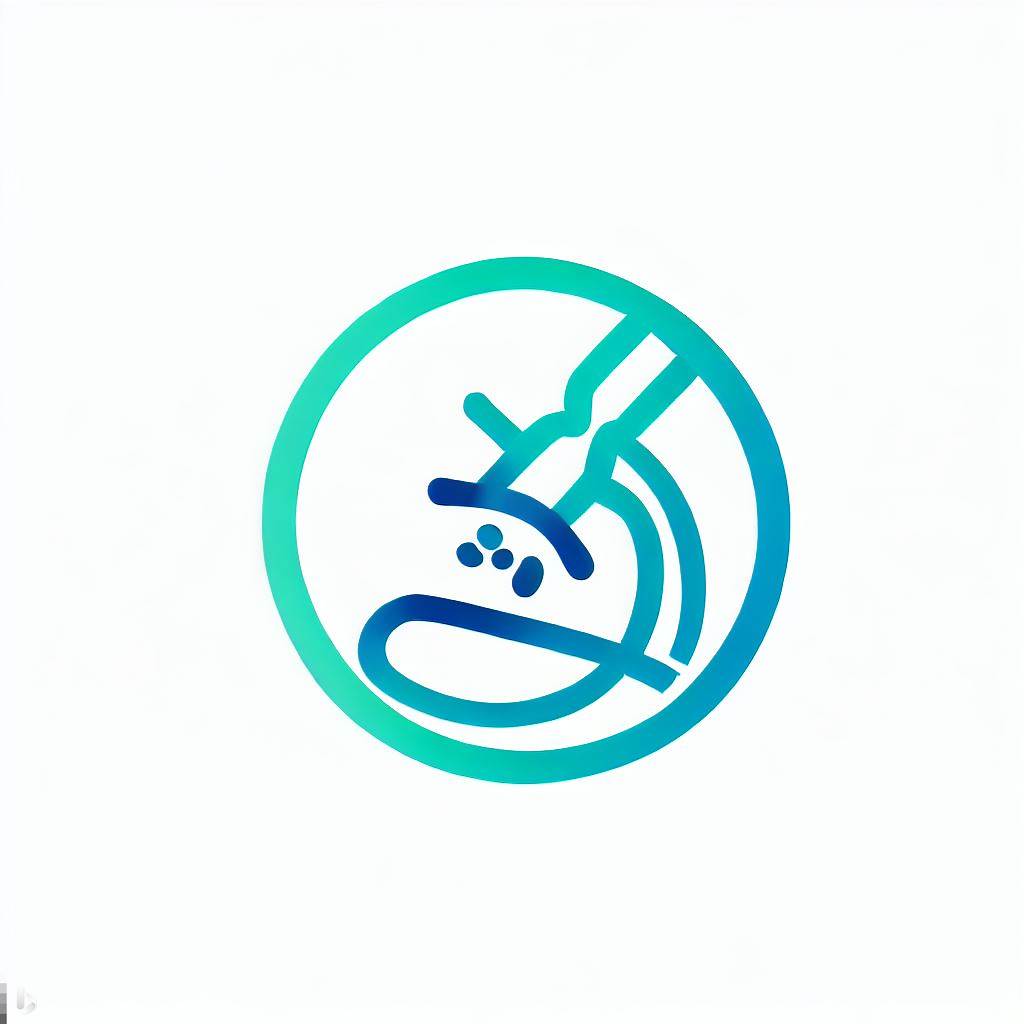Folliculitis, a skin condition affecting countless individuals worldwide, is a topic that merits attention and understanding. This comprehensive guide delves into the various aspects of folliculitis, including its causes, symptoms, treatments, and prevention methods. Whether you're experiencing this condition or simply interested in learning more about skin health, you've come to the right place.
Optimizing Skin Health: Unraveling the Complexities of Folliculitis
Folliculitis: What Is It?
Folliculitis, often referred to as the "hair follicle infection," is a common skin disorder characterized by the inflammation of hair follicles. This condition can affect people of all ages and backgrounds, leading to discomfort, itchiness, and in some cases, pain.
Types of Folliculitis
There's more to folliculitis than meets the eye. Different types of folliculitis exist, each with its distinct characteristics. These include:
- Bacterial Folliculitis: Caused by bacteria, often Staphylococcus aureus, this type leads to pimple-like pustules.
- Hot Tub Folliculitis: Resulting from exposure to contaminated water in hot tubs, this variation triggers itchy red bumps.
- Pityrosporum Folliculitis: Fueled by yeast overgrowth, this type results in acne-like eruptions, especially on the back and chest.
What Triggers Folliculitis?
Understanding the root causes of folliculitis is crucial in managing and preventing its occurrence. Common triggers include:
- Bacterial Infections: Bacteria such as Staphylococcus can invade hair follicles, causing infection.
- Fungal Infections: Yeast or fungi may lead to specific types of folliculitis.
- Ingrown Hairs: Improper hair removal techniques can cause hairs to grow back into the skin, leading to inflammation.
- Sweat and Friction: Excessive sweating and friction can irritate hair follicles, contributing to folliculitis development.
Recognizing the Symptoms
Identifying folliculitis early on empowers individuals to seek appropriate treatment. Keep an eye out for these symptoms:
- Itchy or Tender Bumps
- Red or Inflamed Skin around Hair Follicles
- Pus-filled Pimples or Pustules
- Burning Sensation
- Painful, Large Swollen Bumps
Seeking Professional Diagnosis
When confronted with persistent or severe symptoms, consulting a dermatologist is paramount. A healthcare professional can accurately diagnose folliculitis and recommend a tailored treatment plan.
Effective Treatment Approaches
Treating folliculitis depends on its severity and underlying cause. Options include:
- Topical Antibiotics: Applied directly to the affected area, these medications can combat bacterial infections.
- Antifungal Creams: Addressing fungal-related folliculitis, these creams contain agents to control yeast growth.
- Warm Compresses: Soothing warm compresses can alleviate discomfort and promote healing.
- Oral Medications: In severe cases, oral antibiotics or antifungal medications may be prescribed.
Preventive Measures for Future Well-being
Preventing folliculitis involves adopting a proactive approach to skin health:
- Maintain Good Hygiene: Regularly cleanse your skin and avoid sharing personal items.
- Use Gentle Skin Products: Opt for mild cleansers and moisturizers to prevent skin irritation.
- Avoid Tight Clothing: Loose-fitting attire reduces friction and minimizes the risk of follicle irritation.
- Practice Proper Hair Removal: Opt for safe hair removal techniques to prevent ingrown hairs.
FAQs
Is folliculitis contagious?
No, folliculitis itself is not contagious. However, if it's caused by an infection, the infectious agent can be spread through contact.
Can folliculitis be a recurring issue?
Yes, folliculitis can recur, especially if the underlying causes are not addressed. Adopting preventive measures can help reduce the likelihood of recurrence.
Can I treat folliculitis at home?
Mild cases of folliculitis can often be managed at home with warm compresses and over-the-counter creams. However, if symptoms persist or worsen, consult a healthcare professional.
Are there any natural remedies for folliculitis?
Some natural remedies, like tea tree oil or aloe vera gel, may provide relief. However, it's advisable to consult a dermatologist before trying any alternative treatments.
Can folliculitis develop on any part of the body?
Yes, folliculitis can develop on any area of the body with hair follicles, including the scalp, face, arms, legs, buttocks, and groin.
Is folliculitis the same as acne?
While both folliculitis and acne involve inflammation around hair follicles, they have distinct causes. Folliculitis is often due to infections, while acne is linked to clogged pores and hormonal factors.
Conclusion
In the pursuit of optimal skin health, understanding folliculitis is a valuable asset. By recognizing its causes, symptoms, and treatment options, individuals can proactively manage this condition and promote the well-being of their skin. Remember, consulting a healthcare professional is crucial for accurate diagnosis and personalized guidance. Embrace preventive measures, adopt proper skincare routines, and enjoy the benefits of a healthier, happier complexion.



